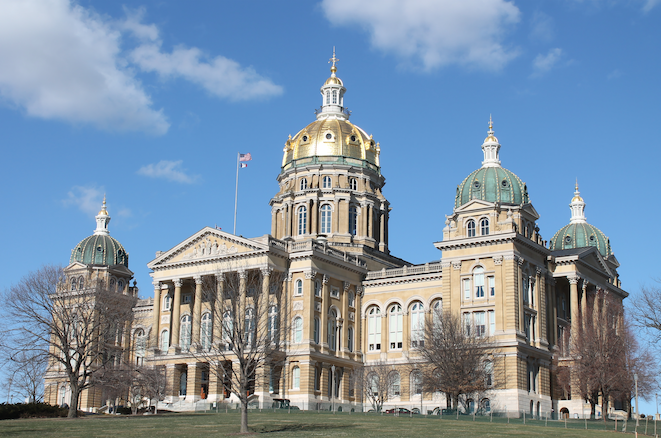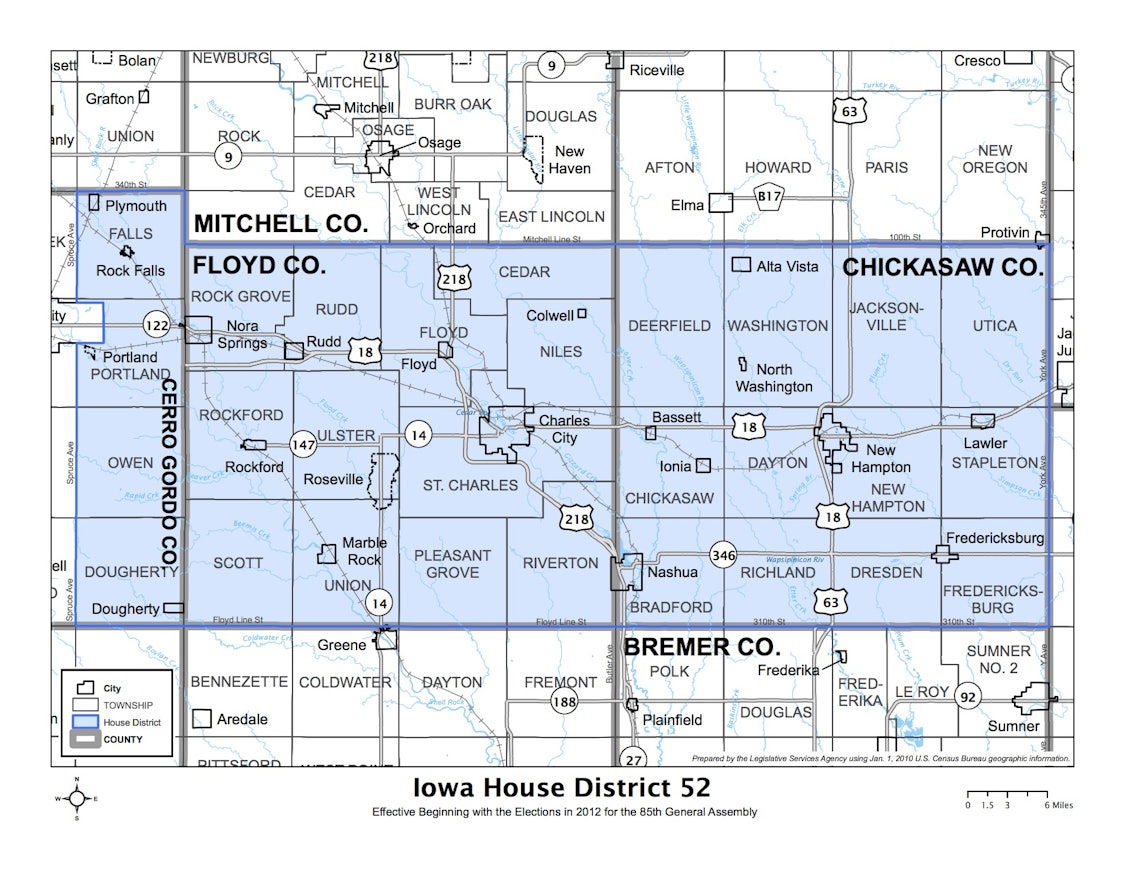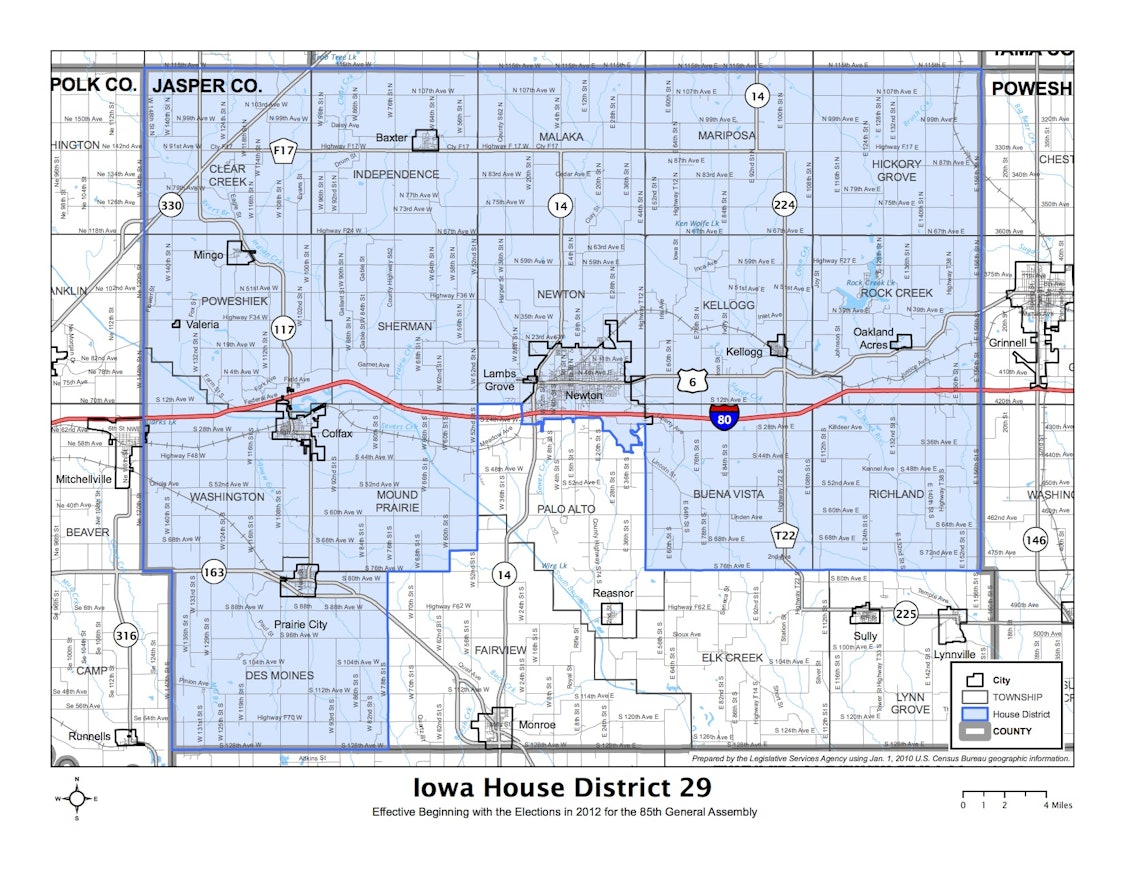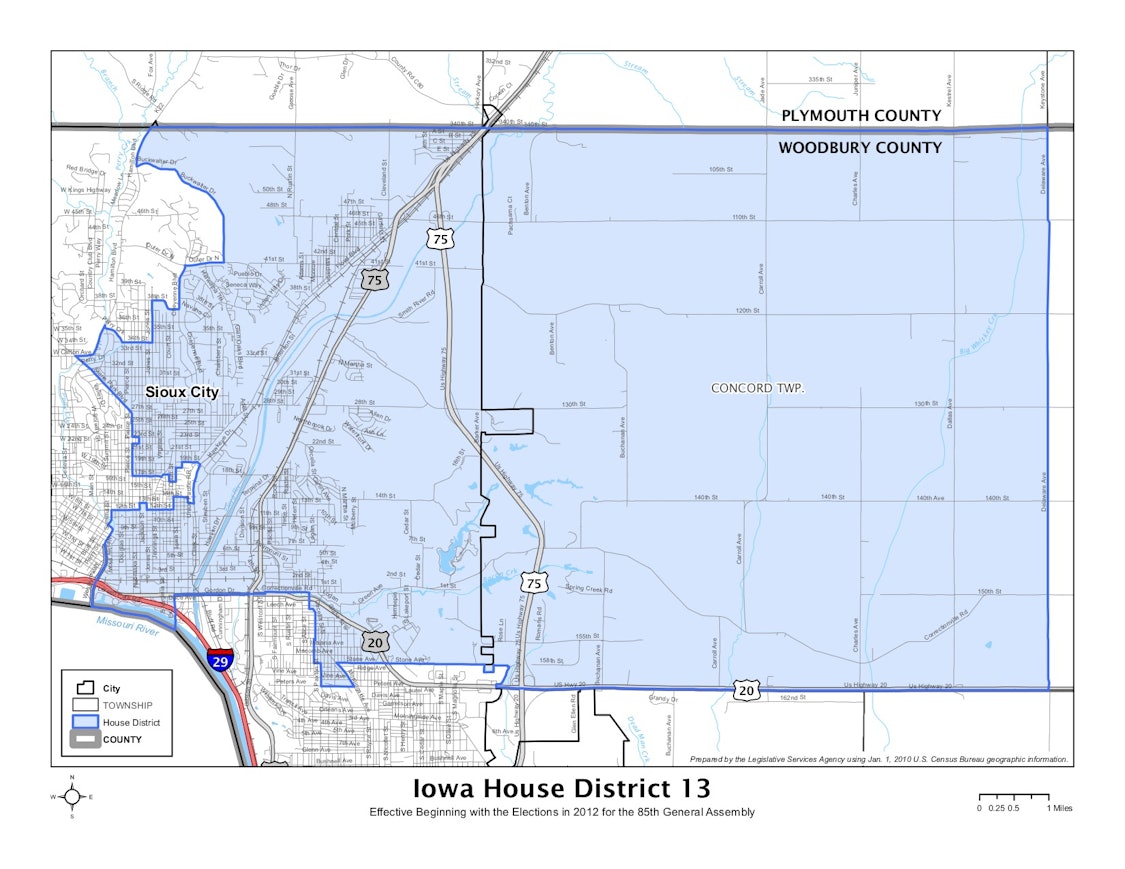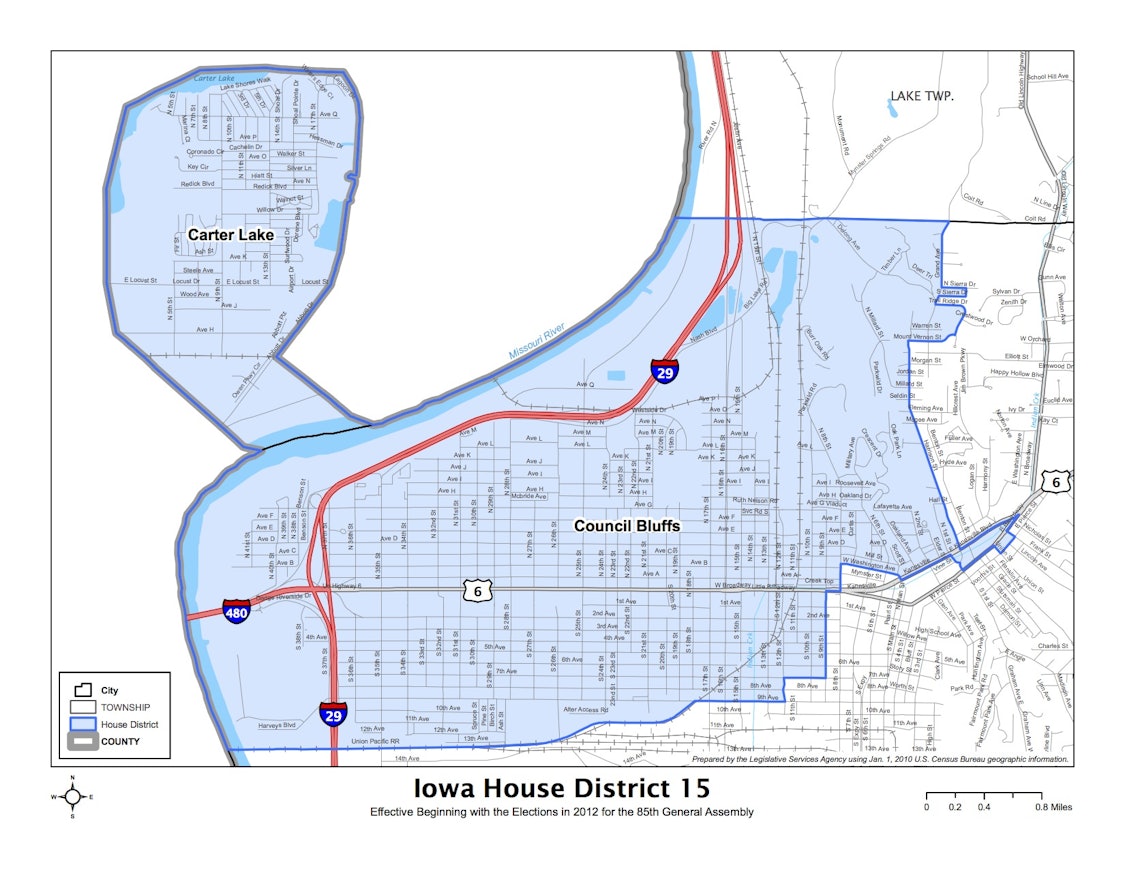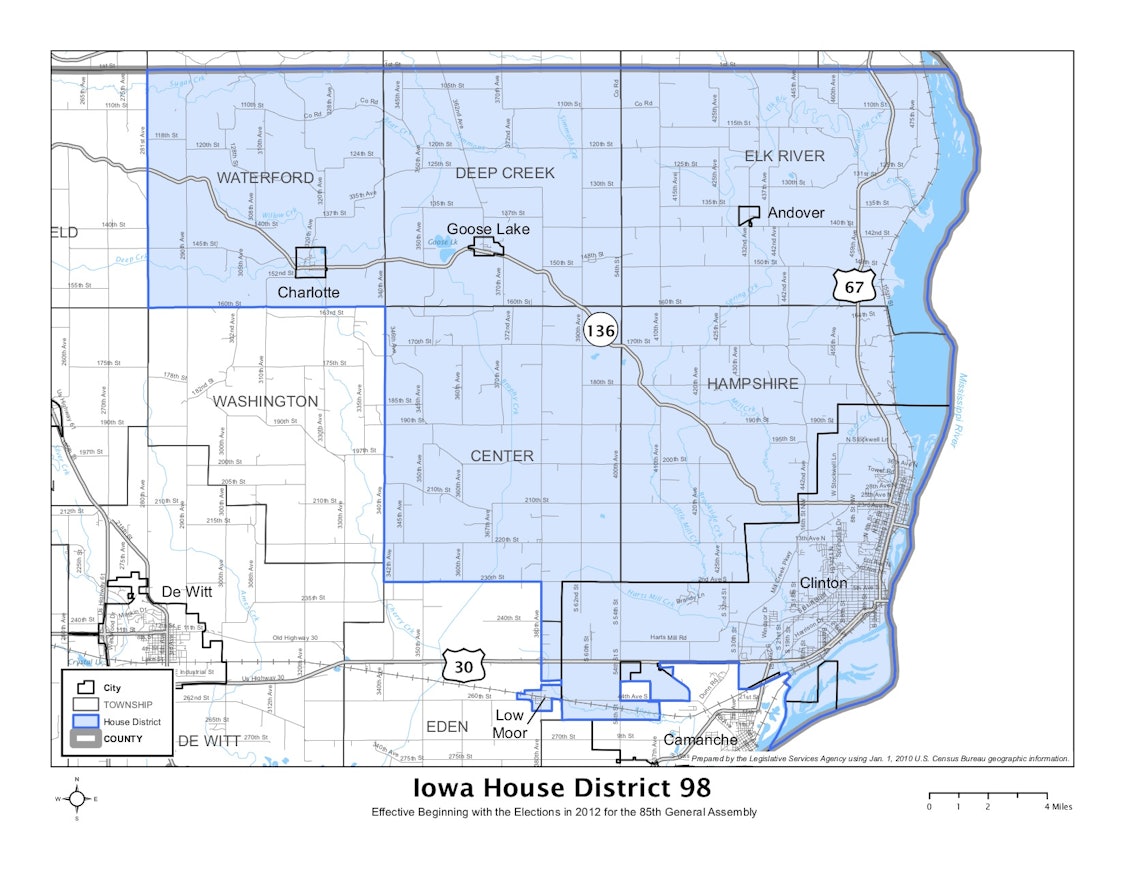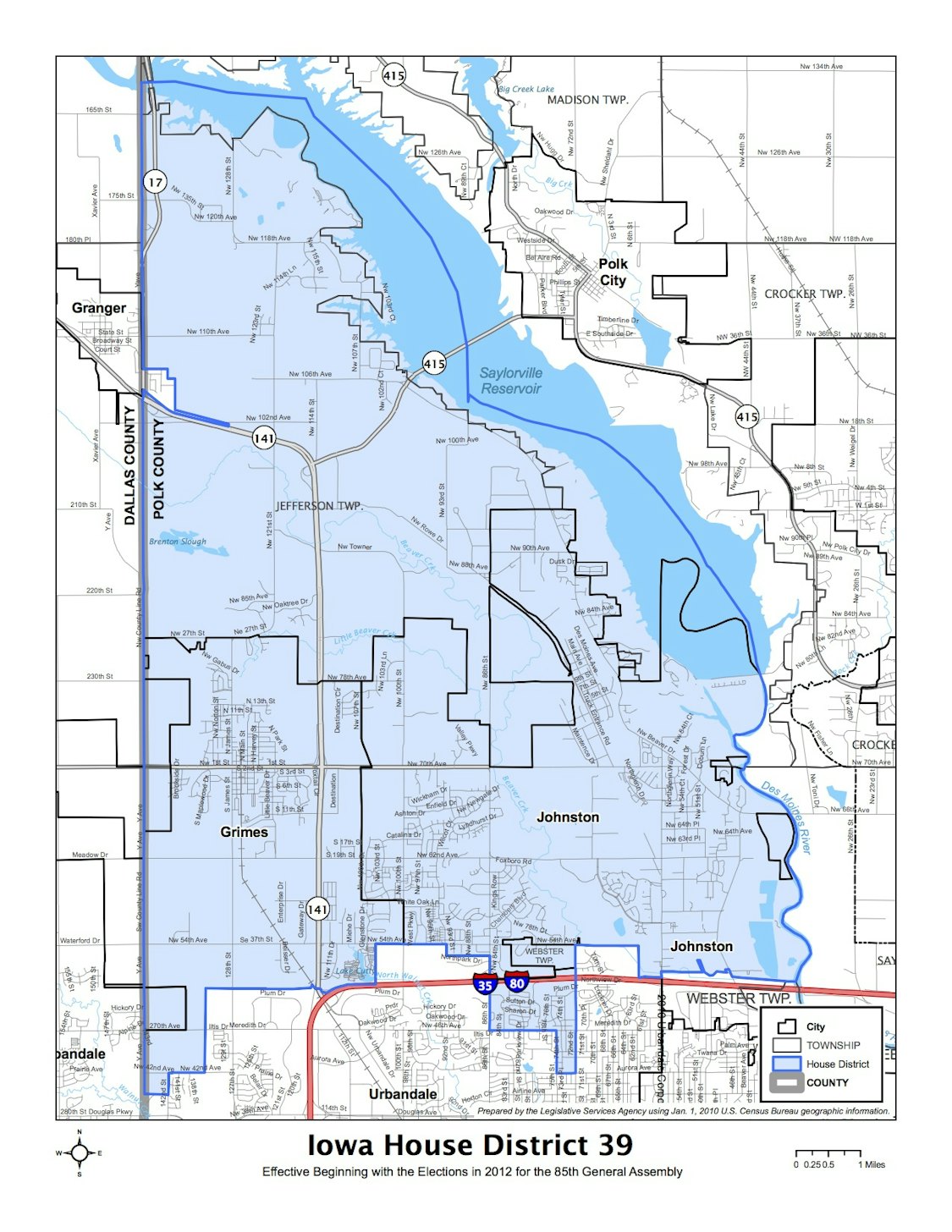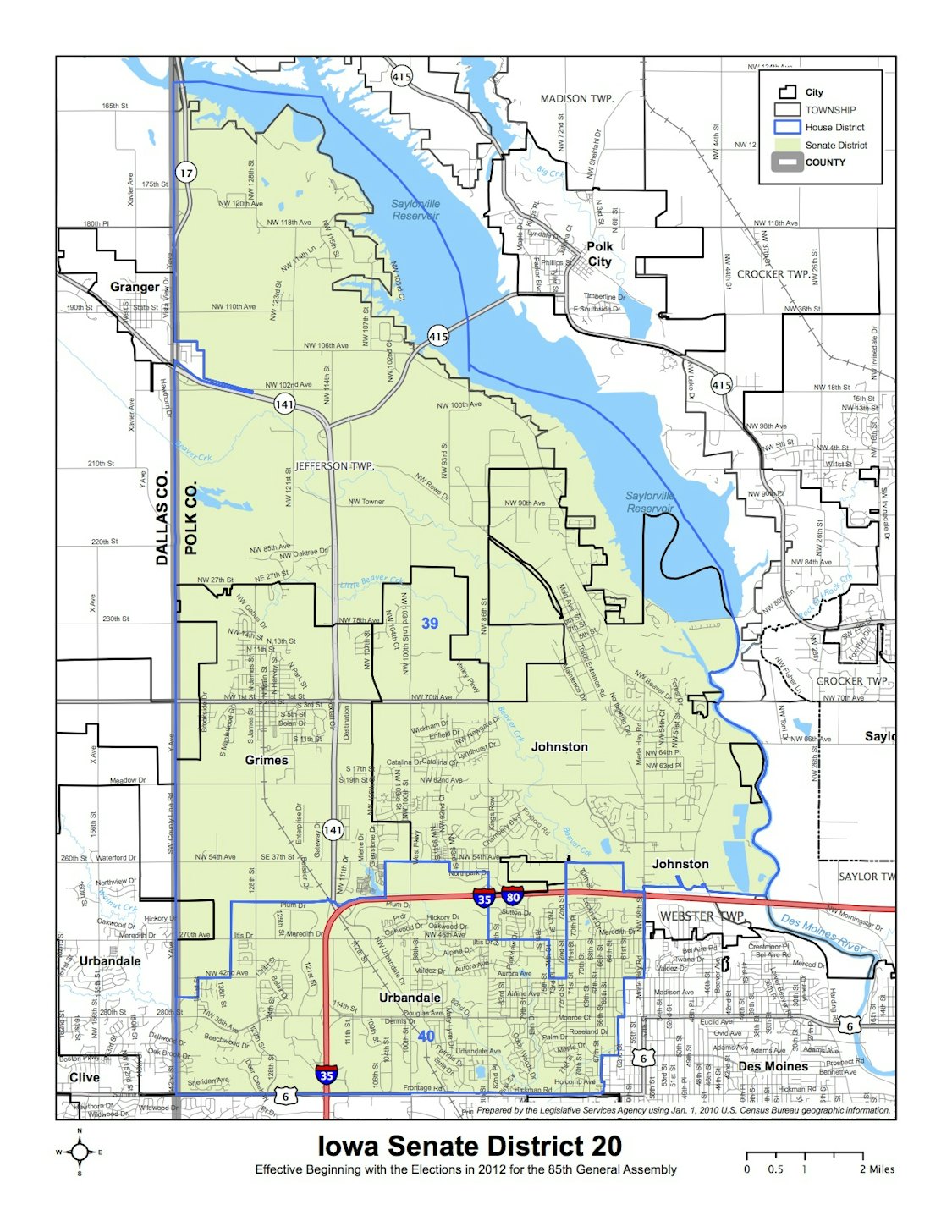The Daily Kos Elections team performs an incredible public service every two years, calculating top-ticket results for every state legislative district in the country. Last week the staff published raw vote totals and vote shares for Joe Biden and Donald Trump in all 100 Iowa House districts and 50 Iowa Senate districts.
Take my advice and bookmark that spreadsheet, as well as an updated Daily Kos Elections spreadsheet showing how residents of each Iowa legislative district voted for president in 2012 and 2016, for governor in 2014 and 2018, and for U.S. Senate in 2014. Even though Iowa’s state legislative boundaries will soon change, the data will remain useful as evidence of changing voting patterns.
For today I want to dive into crossover voting in Iowa, which was the focus of a Daily Kos Elections post on July 26. Ticket-splitting is rarer now than it used to be, but six current House members won last November, even though their constituents preferred the other party’s presidential candidate. Four sitting state senators represent districts that voted for the other party’s presidential candidate in 2020. However, only one of them was up for re-election last year. We can’t know how the other three would have performed compared to Trump or Biden.
This post covers the legislators whose districts went the other way for president, with thoughts about how each House or Senate district might change on Iowa’s next political map.
SIX IOWA HOUSE MEMBERS WITH CROSSOVER APPEAL
The Iowa House has had 59 Republicans and 41 Democrats this year. (One of the GOP-held seats is now vacant, following the passing of John Landon, and will be filled in a September 14 special election.) The DKos team noticed,
As bad as 2020 went for Team Blue, though, crossover voting actually worked in their favor in Iowa in a year when it mostly benefited downballot Republicans nationally. Five of the 63 Trump seats in the 100-member House, where members are up every two years, are held by Democrats, while just one of the 37 Biden districts is represented by a Republican.
I’m presenting the Democrats in order from highest to lowest vote share for Trump in their districts.
Todd Prichard, House district 52
The former House minority leader won his first race in a 2013 special election and has been re-elected four times in this northeast Iowa district, most recently by 53.6 percent to 46.2 percent for Craig Clark.
Republicans did not field a candidate against Prichard in 2014 or in 2018, and put little money behind their challenger in 2016. But in 2020, recognizing this part of Iowa has drifted to the right, the GOP spent more than $250,000 on House district 52, and Democrats spent more than $500,000 defending Prichard.
Prichard he has not confirmed whether he will run for re-election in 2022, but he stepped down as leader of the House Democratic caucus in June, fueling speculation that he will retire next year. How this district may change on Iowa’s next political map is anyone’s guess. Floyd County (population of around 15,600) is less than half the size of an ideal Iowa House district (31,904 residents). The new district could extend in any direction.
2020 presidential vote: Trump 61.9 percent, Biden 36.8 percent
2016 presidential vote: Trump 56.7 percent, Hillary Clinton 37.8 percent
2012 presidential vote: Barack Obama 56.0 percent, Mitt Romney 42.9 percent
2018 vote for governor: Kim Reynolds 55.3 percent, Fred Hubbell 42.5 percent
Wes Breckenridge, House district 29
Breckenridge was first elected in 2016. Despite a double-digit advantage for Trump over Hillary Clinton in his district, the law enforcement officer (who has since retired) won with 51.0 percent of the vote to 37.6 percent for his GOP challenger and 11.3 percent for Dan Kelley, the incumbent he had defeated in the Democratic primary.
Breckenridge had little trouble winning re-election in 2018, and last year Republicans put only about $16,000 behind their challenger. Democrats spent around $43,000 defending this seat, a small fraction of what they were spending in top 2020 targets. The incumbent didn’t beat Jon Dunwell by much–51.4 percent to 48.4 percent–but his vote share was about 10 points higher than Biden’s.
This district should not change much on the next map. The population of Jasper County (around 37,000) is too large for an Iowa House district. The only question is which parts of the county will be excluded to bring the new district’s population close to the ideal size of around 31,900. If Breckenridge retires, it will be a tough hold for Democrats.
2020 presidential vote: Trump 57.1 percent, Biden 41.3 percent
2016 presidential vote: Trump 53.2 percent, Clinton 40.8 percent
2012 presidential vote: Obama 56.1 percent, Romney 42.5 percent
2018 vote for governor: Reynolds 49.3 percent, Hubbell 48.6 percent
Chris Hall, House district 13
Hall was first elected to the legislature in 2010, and neither party has targeted this district in any subsequent election. Republicans did not field a candidate against the ranking Democrat on the House Appropriations Committee in 2018, and Hall easily dispatched his 2020 challenger by a 58.2 percent to 41.5 percent margin.
Sioux City (population around 82,600) is guaranteed to be split among three Iowa House districts, but it’s not clear which areas of the city and Woodbury County will be in Hall’s territory. Redistricting could make this seat easier or harder for Democrats to hold.
2020 presidential vote: Trump 51.9 percent, Biden 46.2 percent
2016 presidential vote: Trump 52.0 percent, Clinton 42.3 percent
2012 presidential vote: Obama 54.3 percent, Romney 44.4 percent
2018 vote for governor: Reynolds 50.7 percent, Hubbell 47.0 percent
Charlie McConkey, House district 15
McConkey was first elected in an open-seat race in 2014, a terrible year for Democrats in many parts of Iowa. Republicans have never invested much in trying to flip this district, covering Carter Lake and part of Council Bluffs. Something in Democrats’ polling spooked them in 2018, and they spent around $128,000 defending McConkey, but he ended up winning comfortably. Last year, neither party targeted the race, and McConkey defeated Sarah Abdouch by 53.3 percent to 46.5 percent, even as Trump carried his district by 5 points.
The population of Council Bluffs (around 62,000) is just below the ideal size for an Iowa Senate district (around 63,800). Since Iowa law requires keeping cities in the same legislative district where possible, we know McConkey’s district will encompass about half of Council Bluffs, but we don’t know which neighborhoods will be included.
2020 presidential vote: Trump 51.4 percent, Biden 46.4 percent
2016 presidential vote: Trump 51.5 percent, Clinton 41.9 percent
2012 presidential vote: Obama 57.1 percent, Romney 41.2 percent
2018 vote for governor: Hubbell 48.6 percent, Reynolds 48.0 percent
Mary Wolfe, House district 98
Democrats have long represented the House district containing the city of Clinton. When a seven-term Democratic incumbent retired in 2010, Wolfe won the open-seat race. Republicans have never spent any significant amount of money trying to unseat her, and the Democrat won last November with 59.6 percent of the vote.
This district should not change much on the next map, since the city of Clinton’s population (around 25,000) is not far below the ideal population of an Iowa House district. The only question is which other portions of Clinton County will be pulled in.
2020 presidential vote: Trump 50.2 percent, Biden 47.9 percent
2016 presidential vote: Clinton 48.5 percent, Trump 45.4 percent
2012 presidential vote: Obama 65.3 percent, Romney 33.5 percent
2018 vote for governor: Hubbell 55.3 percent, Reynolds 45.0 percent
As mentioned above, only one Iowa House Republican holds a district Biden carried.
Eddie Andrews, House district 39
Few Iowa politics watchers in either party expected Andrews to defeat first-term Representative Karin Derry in this district covering suburbs to the northwest of Des Moines. Although Andrews was the GOP’s top recruit for the race, Republicans spent only about $27,000 backing his campaign, while Democrats spent more than $250,000 defending the seat.
The COVID-19 pandemic almost certainly played a role in the result. Like most Democratic candidates for the Iowa legislature, Derry suspended door-knocking, which had been a crucial part of her 2018 campaign strategy. Like many Republicans, Andrews spent lots of time canvassing (unmasked) in the summer and fall. Andrews won by 415 votes (50.8 percent 49.1 percent).
This district has excess population. If the new district is centered around the city of Johnston, which has grown rapidly over the past decade, Democrats will have a strong chance to win it back in 2022. Derry outpolled Andrews in the Johnston precincts.
The Daily Kos Elections team observed that House district 39 is “one of just four Romney-Biden House seats in a state that has overwhelmingly moved in the other direction.”
2020 presidential vote: Biden 50.8 percent, Trump 47.4 percent
2016 presidential vote: Trump 49.0 percent, Clinton 43.9 percent
2012 presidential vote: Romney 55.8 percent, Obama 43.0 percent
2018 vote for governor: Reynolds 49.9 percent, Hubbell 48.4 percent
IOWA SENATORS WITH TICKET-SPLITTING CONSTITUENTS
The new Daily Kos Elections spreadsheet indicates that four of Iowa’s 50 state senators now represent voters who preferred the other party’s presidential nominee. Democrats Amanda Ragan and Jackie Smith and Republican Roby Smith were not up for re-election in 2020. For what it’s worth, Ragan won despite a 54.5 percent to 43.5 percent advantage for Reynolds over Hubbell in her northeast Iowa district in the 2018 governor’s race. Jackie Smith’s Sioux City district was much more competitive, with the governor taking 48.9 percent to 48.8 percent for her Democratic challenger. Roby Smith overcame a 49.6 percent to 48.7 percent advantage for Hubbell in his Quad Cities district.
Of the 25 senators elected in 2020, only Republican Brad Zaun (Senate district 20) can claim to have significant crossover appeal. Democrats had high hopes for this race, and both parties spent around $480,000 on the campaign. But Zaun defeated Rhonda Martin by 51.1 percent to 48.8 percent.
Like House district 39, which makes up one half of area Zaun represents, Senate district 20 now has far more residents than its ideal population size, according to 2020 census counts. Even Urbandale (population around 44,000) and Johnston (at least 22,500) would be too large to be wholly contained in one Senate district. If the next map jettisons much of Zaun’s turf outside Urbandale, he could be in trouble in 2024. Martin carried most of the Urbandale precincts and two Johnston precincts last November.
2020 presidential vote: Biden 52.7 percent, Trump 45.5 percent
2016 presidential vote: Clinton 46.8 percent, Trump 46.4 percent
2012 presidential vote: Romney 52.8 percent, Obama 46.1 percent
2018 vote for governor: Hubbell 51.1 percent, Reynolds 47.2 percent

